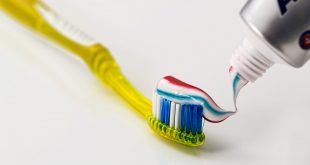By Kevin Bryan
Earphones have massively grown in popularity as smartphones and other technological breakthroughs have become increasingly common for the past few decades. People can be seen wearing headphones when listening to music in the library, when running or exercising, or even when taking the train or subway to work or home. However, as more and more people are spending hours of their day with earphones stuck in their ears, the concern for resulting ear damage has also risen. Headphones come in two forms. The first is larger and surrounds the ear, and the second fits into the ear. The former is considered a safer option, because less of the sound is directly entering the auditory canal of the ear.
The noise pollution that people are exposed to for extended periods of time are negatively affecting people’s hearing. The problem often doesn’t seem significant until it is too late since the effects are gradual. Only with a proper medical examination for the ear can the problems be detected. However, going to the doctor may not even completely diagnose the issue. M. Charles Liberman, a professor of otolaryngology at Harvard Medical School, has found evidence of a phenomenon called “hidden hearing loss.” The classic hearing tests that are performed at a checkup are not accurate for some forms of hearing loss, such as difficulty to hear someone in a crowded room. Earphones can greatly impact your hearing, damaging up to 80-90% of nerve fibers in the ear, without having an effect on classic hearing test performance. The rate of hearing loss today in teens is around 20%, a 30% increase since the 1990s. The prevalence of earphones that have the potential to blast hours of noise into your eardrums are one factor to this problem.
The obvious, but sometimes overlooked solution to the hearing loss problem with headphones, is to turn the sound down. If someone else can hear the music coming from the headphones, it is too loud. If all surrounding sounds are completely drowned out, the volume level is also too high. Dr. James E. Foy, an osteopathic pediatrician, states that 60% of maximum volume is the highest volume that should be used when wearing headphones. Even at 60% volume, one should only listen with headphones for up to one hour per day. If experiencing ringing or buzzing in the ears after exposure to loud noise, or having a feeling of muffled ears, Dr. Foy recommends seeing a physician immediately. Hearing loss is irreversible, so preventing it at all costs is extremely important.
Sources:
 Tempus Magazine By Students, For Students
Tempus Magazine By Students, For Students 



